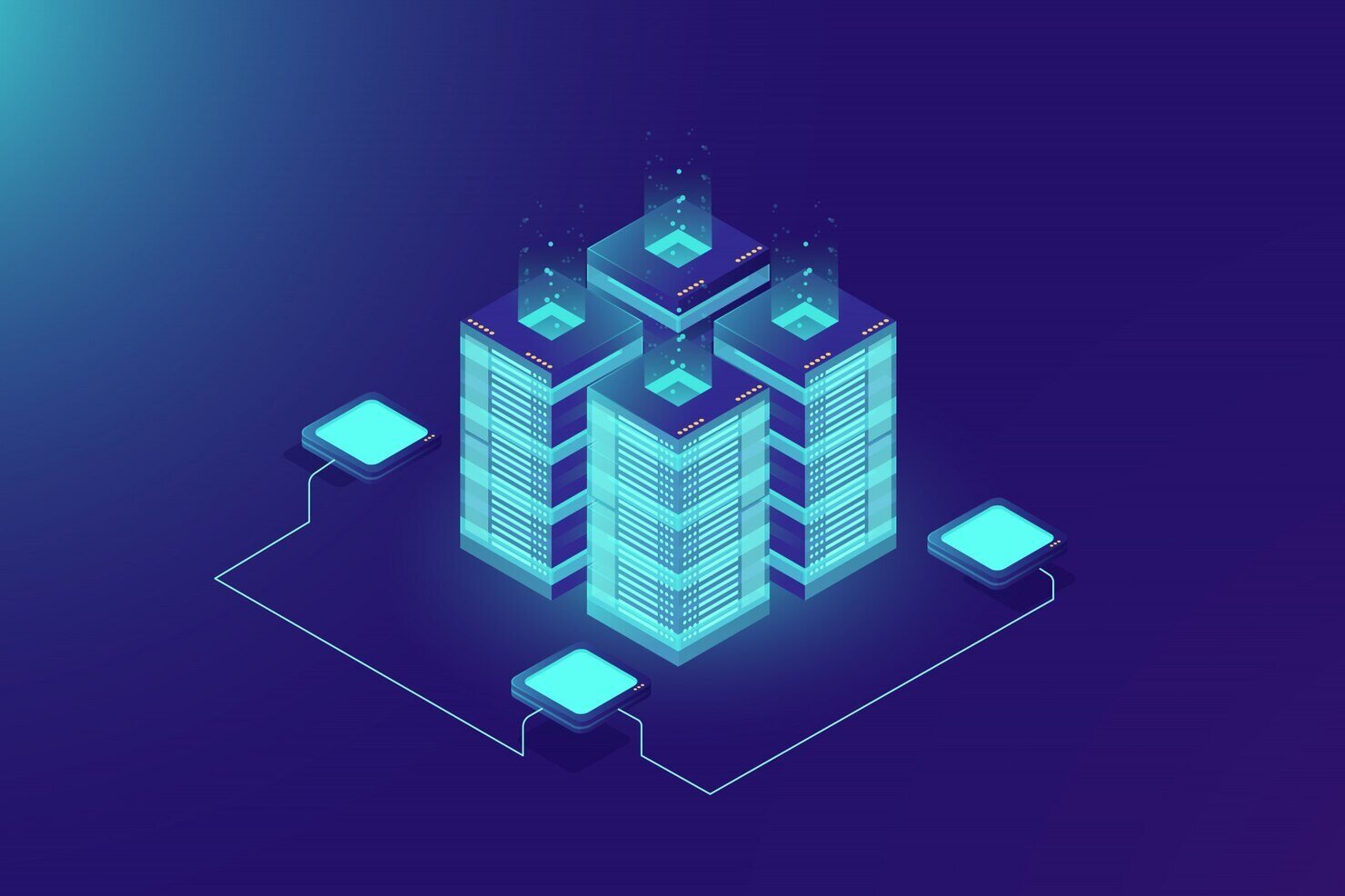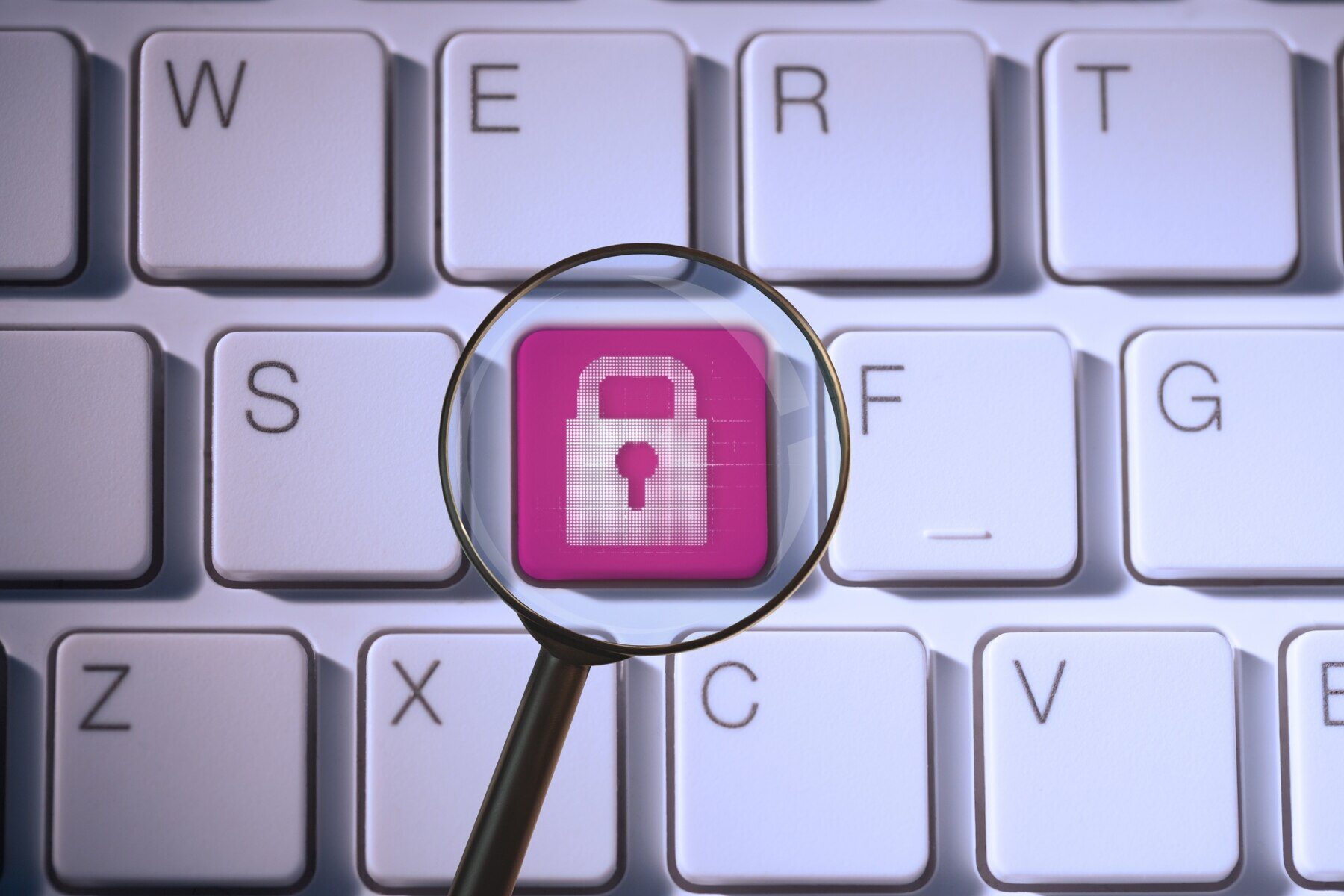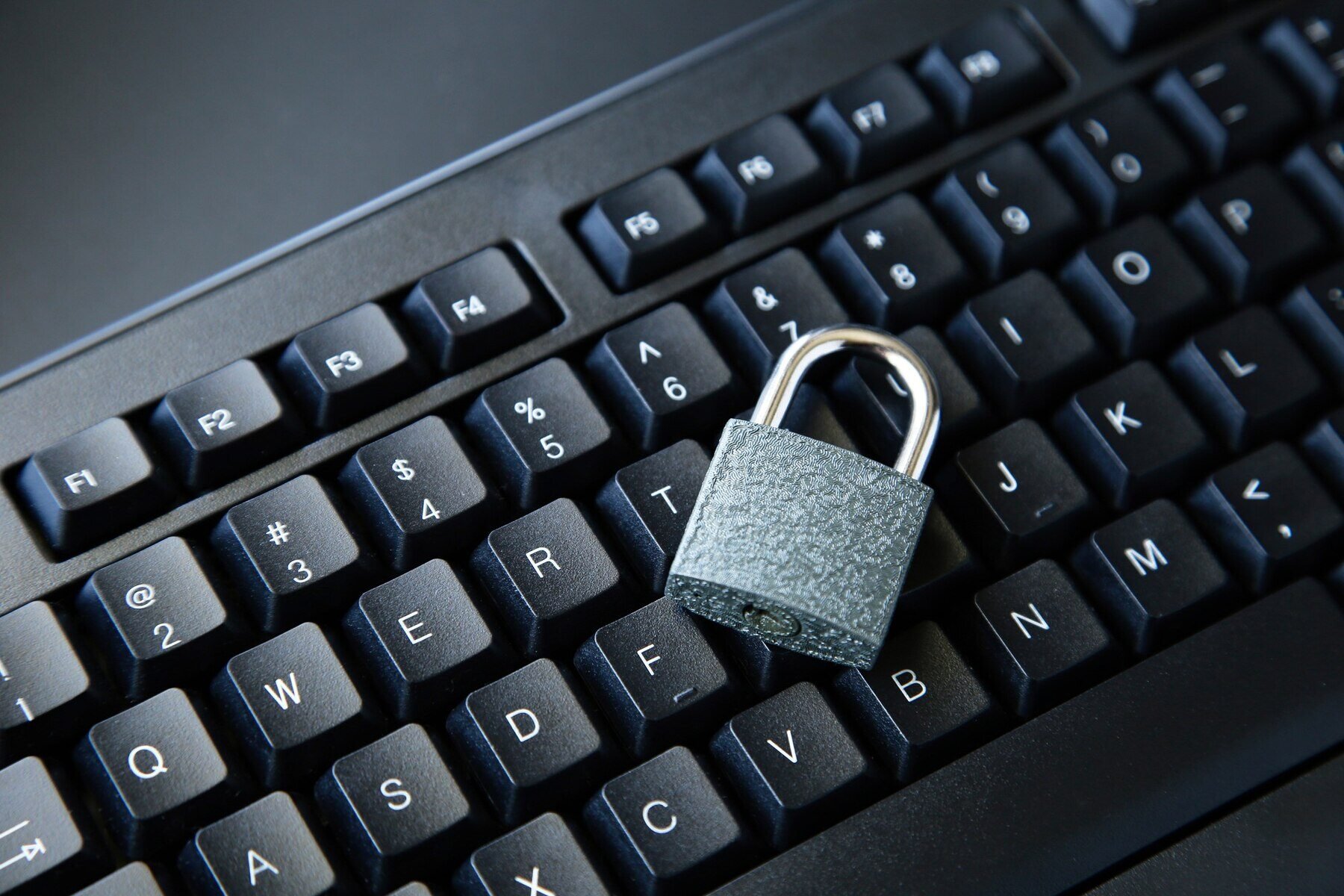Lately, blockchain has become a widely discussed technology in IT communities. Initially, this technology evolved gradually from the internet, then grew into a widely adopted innovation. Simply put, blockchain is a system that ensures the security of cryptocurrency transactions and is considered to have transformed the financial industry.
What exactly is blockchain? How is it related to cryptocurrency? Why is its usage so important across various industries? Let’s break it down.
What is Blockchain?
Blockchain is a digital technology that enables secure data storage and transfer through a distributed network. It functions as a digital ledger that records transactions in blocks, which are then linked together through cryptography to form a chain of data.
Each block contains verified transaction records, making it extremely difficult to alter or manipulate. Initially, blockchain was used in cryptocurrencies like Bitcoin, but today, it has expanded to various other sectors.
So, what is the difference between blockchain and cryptocurrency?
Cryptocurrency is a digital currency system secured using cryptography, making it nearly impossible to counterfeit. Meanwhile, blockchain is the technology that facilitates the storage and management of cryptocurrency transactions.
Although they are different, cryptocurrency and blockchain are interconnected—crypto is digital money, while blockchain is the underlying technology that records and secures these digital transactions.
Why is Blockchain Important?
In traditional transactions, a third party, such as a bank or authority, is usually required to verify transaction authenticity. This often increases costs and processing time. With blockchain, transactions can be conducted directly between two parties without intermediaries, resulting in lower costs and faster transaction times.
This makes blockchain essential for security, transparency, and operational efficiency.
In traditional systems, data is centralized in a single location, making it a prime target for cyberattacks. Meanwhile, blockchain distributes data across multiple blocks in a decentralized network, reducing the risk of centralized cyber threats. Even if hackers attempt to modify data in blockchain, they must overcome a highly complex verification process.
Additionally, blockchain ensures transparency. All transactions are visible to everyone within the network, making it particularly valuable in industries like banking and insurance.
Here are some key features of blockchain:
1. Decentralization
Blockchain operates without a central authority, meaning no single entity has complete control over the network. Each participant in the network has a copy of all existing data, ensuring that system management is shared among all network participants. This prevents monopolization of power and makes the system fair and autonomous.
2. High Security
Blockchain relies on complex cryptography and distributed data storage across multiple nodes (computers) within the network. This encryption makes it extremely difficult to alter or hack data.
For hackers to manipulate data, they must gain control over the entire network of nodes—a nearly impossible task due to the complexity of the system. This high level of security protects blockchain from cyber threats.
3. Immutability (Unchangeable Records)
Another key feature of blockchain is its immutability. Once data is entered into the blockchain, it cannot be altered or deleted. Every transaction is permanently recorded, and new blocks can only be added on top of existing blocks.
This ensures data integrity, prevents manipulation, and maintains transparency—since transactions cannot be changed once recorded.
4. Transparency
Every transaction recorded on the blockchain can be accessed by all users within the network. This means that every action taken in the system is visible and auditable by anyone.
With this transparency, all participants in the blockchain network can ensure accountability for data integrity.
Components of Blockchain
Blockchain is a system composed of complex networks. Below are the main components that form the blockchain system:
1. Block
A block in blockchain is a storage unit that contains information about transactions, other data, and a "hash" that links it to the previous block.
Each block stores multiple transactions. When a block is full of data, a new block is created and linked to the previous one, forming a chain of blocks—hence the name "blockchain." This structure ensures that all transaction data remains secure and unalterable.
2. Nodes
Nodes are computers or devices connected to the blockchain network that verify and validate transactions. Each node maintains a complete copy of the blockchain, making the system decentralized.
Nodes also process new transactions and add verified blocks to the chain. The more nodes involved in verification, the stronger the blockchain security becomes.
3. Hash
A hash is a unique identifier generated for each block in the blockchain. It is based on the data within the block and serves as a digital fingerprint for authentication.
Additionally, the hash from the previous block is included in the new block, maintaining data integrity. If any data within a block is modified, its hash changes, making it easy for the system to detect unauthorized alterations.
4. Cryptographic Keys
Cryptographic keys are encryption methods used in blockchain to ensure the security and privacy of transactions. There are two types of cryptographic keys:
- Public Key – Used to encrypt data
- Private Key – Required to decrypt and access data
Only users who possess the private key can execute transactions, ensuring that only authorized individuals can access and manage blockchain information.
Blockchain is a revolutionary technology that enhances security, transparency, and efficiency across multiple industries. Its decentralized nature makes it highly secure, while its immutable record-keeping ensures data integrity. As blockchain adoption grows, businesses and industries worldwide continue to explore new ways to leverage its advantages.

.png)


